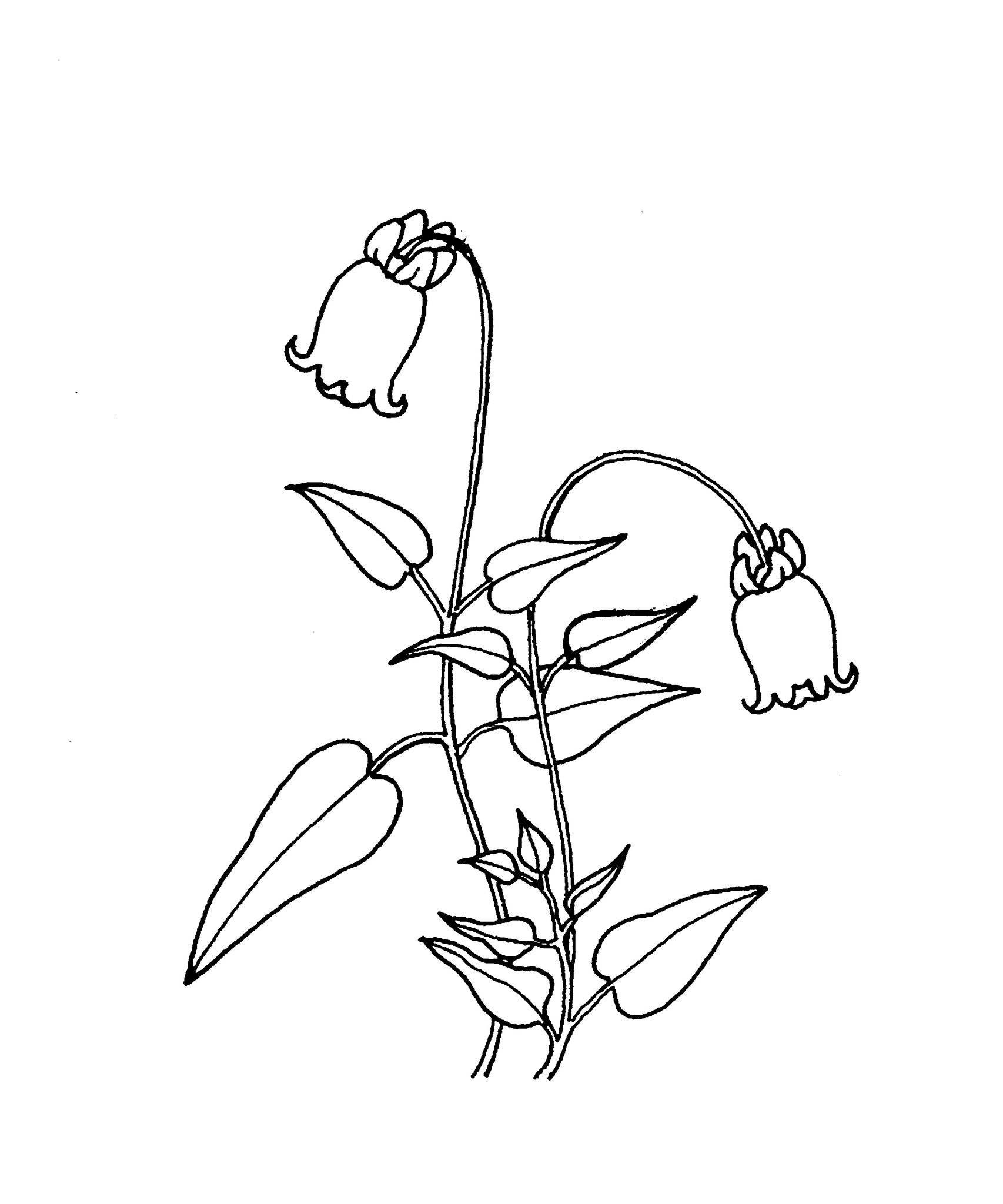
Greek kodon — bell, -opsis — appearance, referring to the shape of the flower.
Scrambling perennial herbs, often with thick, carrot-like roots. Leaves opposite or alternate, lanceolate, stalked. Flowers terminal, solitary and pendulous. Calyx lobes large. Corolla elongated and often with spots and lines. Stamens free. Ovary inferior or half-inferior. Fruit capsules splitting open at the tip. Grown in cool-climate gardens, mostly in borders and rockeries, for the bell-shaped flowers.
Seed or division.
C. tangshen is edible and is used as a substitute for ginseng. Other species have medicinal uses.
Very similar to Campanula. Scrambling plants; flowers mostly solitary; fruit capsule opening at the tip, cf. Campanula.
About 30 species from C and E Asia to Malaysia.
Matthews (1980), Grey-Wilson (1990).
Source: (2002). Campanulaceae. In: . Horticultural Flora of South-eastern Australia. Volume 4. Flowering plants. Dicotyledons. Part 3. The identification of garden and cultivated plants. University of New South Wales Press.
